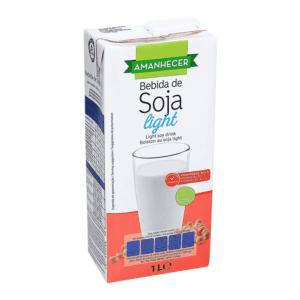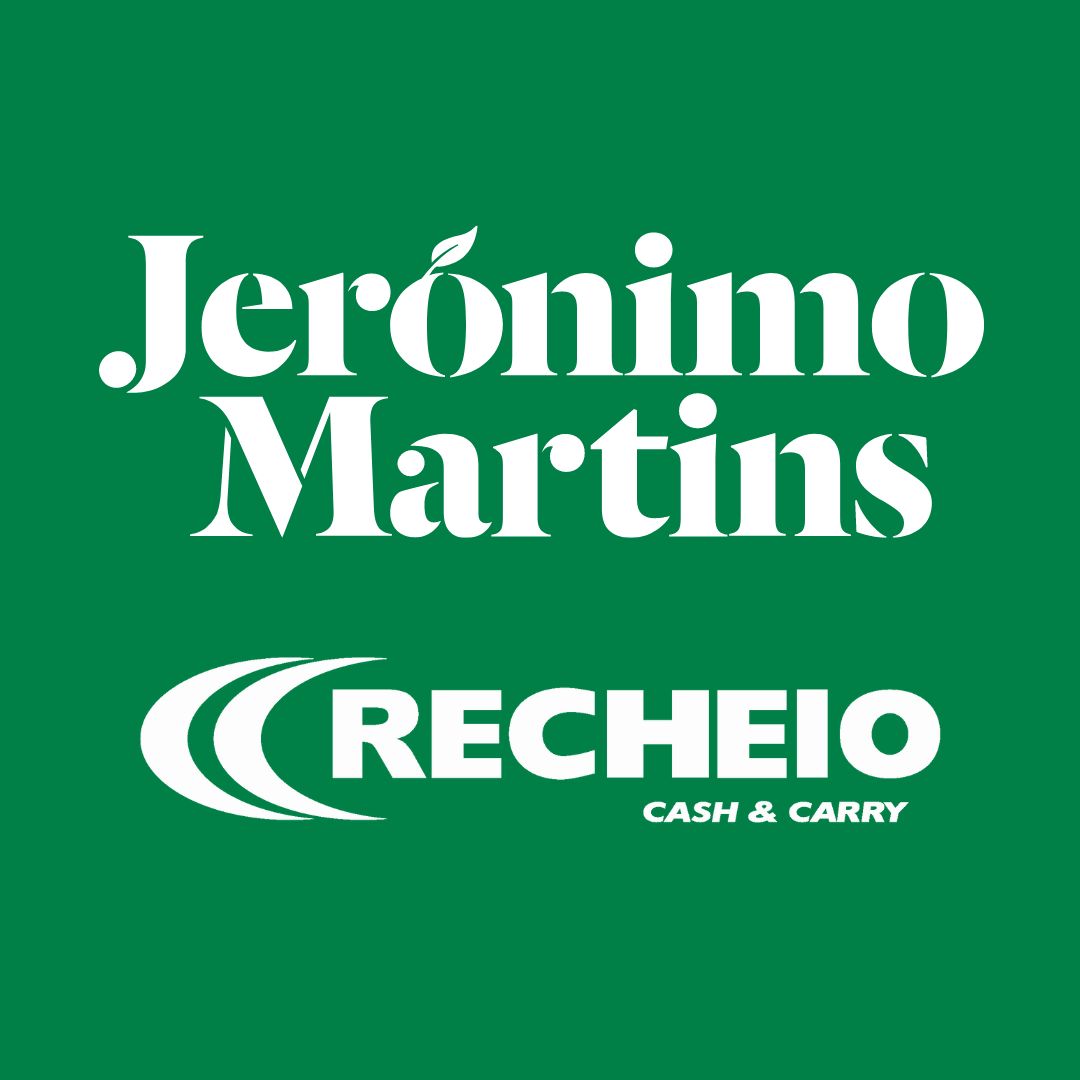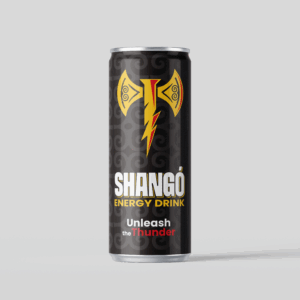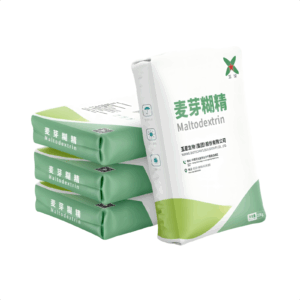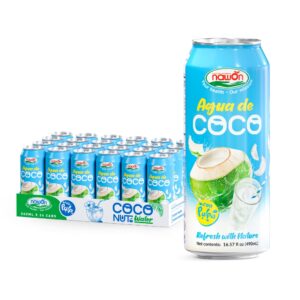
Top 10 Energy Drink Brands
The global energy drink market has experienced significant growth in recent years, driven by increasing consumer demand for quick energy boosts and enhanced mental alertness. In 2023, the market was valued at approximately $73.81 billion and is projected to reach $124.56 billion by 2030, growing at a Compound Annual Growth Rate (CAGR) of 7.5% from 2024 to 2030.
This expansion is attributed to several factors:
- Active Lifestyles: A growing number of consumers, including fitness enthusiasts and athletes, are turning to energy drinks for a quick energy boost to enhance physical performance and mental alertness.
- Urbanization and Hectic Schedules: Rapid urbanization and busy lifestyles have increased the demand for convenient energy-boosting beverages among professionals and students.
- Product Innovation: Manufacturers are introducing a variety of flavors, sugar-free options, and functional ingredients to cater to diverse consumer preferences, thereby broadening the market appeal.
Regionally, North America holds a significant share of the energy drink market, accounting for over 29.5% of global revenue in 2023.
The Asia-Pacific region is expected to witness the highest growth rate, with a projected CAGR of 10.06% from 2024 to 2030, driven by urbanization, increasing disposable incomes, and the adoption of Western consumption habits.
In summary, the energy drink market is on a robust growth trajectory, propelled by evolving consumer lifestyles, continuous product innovation, and expanding regional markets. Companies that align their strategies with these trends are well-positioned to capitalize on the growing demand for energy-boosting beverages.

- Red Bull GmbH
- Headquarters: Fuschl am See, Austria
- Why It Stands Out: Red Bull dominates the global energy drink market with a 25% market share and innovative marketing strategies.
- Key Innovations: Introduction of sugar-free variants and functional energy drinks like Red Bull Energy Shots.
- Monster Beverage Corporation
- Headquarters: Corona, California, USA
- Why It Stands Out: Known for its bold branding, Monster Beverage has a diverse portfolio, including Monster Zero Ultra and Reign Total Body Fuel.
- Key Innovations: Expansion into performance-focused energy drinks and sustainability initiatives.
- Rockstar Energy (PepsiCo)
- Headquarters: Purchase, New York, USA
- Why It Stands Out: Acquired by PepsiCo in 2020, Rockstar offers affordable and high-energy beverages aimed at younger demographics.
- Key Innovations: Development of tropical and exotic-flavored drinks.
- NOS Energy Drink (Coca-Cola)
- Headquarters: Atlanta, Georgia, USA
- Why It Stands Out: NOS appeals to car and motorsport enthusiasts with its high-caffeine energy drinks.
- Key Innovations: Introduction of high-performance blends and partnerships with motorsport events.
- 5-hour Energy (Living Essentials)
- Headquarters: Farmington Hills, Michigan, USA
- Why It Stands Out: Specializing in energy shots, 5-hour Energy targets consumers looking for a quick and compact energy solution.
- Key Innovations: Introduction of extra-strength formulas and zero-sugar options.
- Celsius Holdings, Inc.
- Headquarters: Boca Raton, Florida, USA
- Why It Stands Out: Celsius focuses on fitness-oriented energy drinks, offering beverages with zero sugar and essential nutrients.
- Key Innovations: Functional drinks with added vitamins and green tea extracts.
- Bang Energy (Vital Pharmaceuticals)
- Headquarters: Weston, Florida, USA
- Why It Stands Out: Bang targets fitness enthusiasts with its high-caffeine, amino acid-infused energy drinks.
- Key Innovations: Launch of keto-friendly and nootropic-infused drinks.
- Lucozade (Suntory Beverage & Food)
- Headquarters: London, United Kingdom
- Why It Stands Out: A long-standing brand, Lucozade is known for its sports and energy drinks aimed at active lifestyles.
- Key Innovations: Rebranding with a focus on low-calorie options and recyclable packaging.
- Monster Ultra Paradise
- Headquarters: Corona, California, USA
- Why It Stands Out: A sub-brand of Monster, it targets health-conscious consumers with sugar-free and tropical-flavored drinks.
- Key Innovations: Expansion into ready-to-drink coffee and tea-infused energy drinks.
- Carabao Energy Drink
- Headquarters: Bangkok, Thailand
- Why It Stands Out: Carabao has a strong presence in Asia, offering affordable and refreshing energy drinks.
- Key Innovations: Collaborations with sports teams and the launch of new flavors tailored to regional tastes.
Major Trends in the Energy Drink Industry
- Healthier Energy Drink Options
Consumers are increasingly demanding healthier alternatives to traditional energy drinks. This includes low-sugar, organic, and natural energy drinks, which are projected to grow at a CAGR of 8.2% by 2030. Ingredients like green tea extract, guarana, and adaptogens are being integrated into products to appeal to health-conscious buyers.
- Functional Beverages Integration
The trend of combining energy drinks with functional benefits is on the rise. Products infused with vitamins, electrolytes, and probiotics are appealing to consumers seeking multitasking beverages that support hydration, immunity, and overall wellness.
- Growth of Energy Shots
Compact and portable, energy shots are experiencing growing popularity for their convenience and quick-acting benefits. This segment is expected to grow at a CAGR of 9.5%, especially in urban markets with busy professionals and students.
- Expansion into Emerging Markets
The Asia-Pacific region is emerging as a lucrative market for energy drinks, driven by urbanization, a younger demographic, and rising disposable incomes. India and China are among the fastest-growing markets, with annual growth rates exceeding 10%.
- Sustainability and Eco-Friendly Practices
Consumers are demanding recyclable and sustainable packaging. Many energy drink companies are transitioning to aluminum cans and implementing carbon-neutral production processes to meet these expectations.
- Digital Marketing and E-Commerce
The rise of e-commerce and subscription models has revolutionized the energy drink industry. Brands are leveraging digital platforms and social media to engage directly with younger audiences, making personalized and convenient online purchasing options more accessible.

Main Challenges in the Energy Drink Industry
- Regulatory and Health Concerns
Energy drinks face increasing scrutiny over high caffeine and sugar content, with some countries implementing stricter labeling requirements and sales restrictions. This has necessitated reformulation efforts to reduce sugar and incorporate natural sweeteners like stevia.
- Competition from Other Functional Beverages
Protein drinks, electrolyte beverages, and ready-to-drink teas are gaining popularity, posing competition to traditional energy drinks. Brands must innovate to differentiate themselves in this crowded market.
- Ingredient Cost Volatility
The prices of key ingredients like caffeine, taurine, and natural flavors have fluctuated due to supply chain disruptions and global economic factors, impacting production costs and profit margins.
- Saturation in Developed Markets
North America and Europe, the largest markets for energy drinks, are experiencing market saturation. This creates pressure on brands to innovate and seek growth opportunities in untapped regions.
- Environmental Impact
The energy drink sector faces challenges in reducing its environmental footprint. Packaging waste and energy-intensive production processes are under scrutiny, pushing brands to adopt sustainable practices.
- Supply Chain Disruptions
Global logistics issues, labor shortages, and increased transportation costs have disrupted the energy drink supply chain, affecting the availability and pricing of raw materials and finished products.
The Top 10 Energy Drink Brands have transformed the beverage landscape, offering a dynamic mix of functionality, convenience, and indulgence. From Red Bull’s iconic marketing strategies to Celsius’s health-oriented focus, these companies showcase the industry’s adaptability and resilience in meeting diverse consumer demands.
Platforms like uFoodin provide a vital space for energy drink producers to connect with distributors, retailers, and other stakeholders in the global market. By leveraging uFoodin, brands can explore partnerships, enhance their market presence, and address challenges such as ingredient sourcing and sustainability. Smaller brands, in particular, can gain visibility and tap into new markets to compete with established players.
As the energy drink market evolves, addressing challenges such as regulatory compliance, supply chain disruptions, and environmental concerns will be crucial for long-term success. Brands that embrace innovation while prioritizing sustainability and transparency are poised to lead the charge in shaping the future of this high-energy industry.
uFoodin Editorial Team
Bibliography
- Statista: Global Energy Drink Market Overview and Growth Projections
- Grand View Research: Energy Drinks Market Analysis and Trends
- Mordor Intelligence: Insights into the Energy Drink Industry
- Fortune Business Insights: Energy Drink Market Dynamics
- Future Market Insights: Functional and Healthy Energy Drinks Trends
- Maximize Market Research: Global Energy Drinks Market Report



